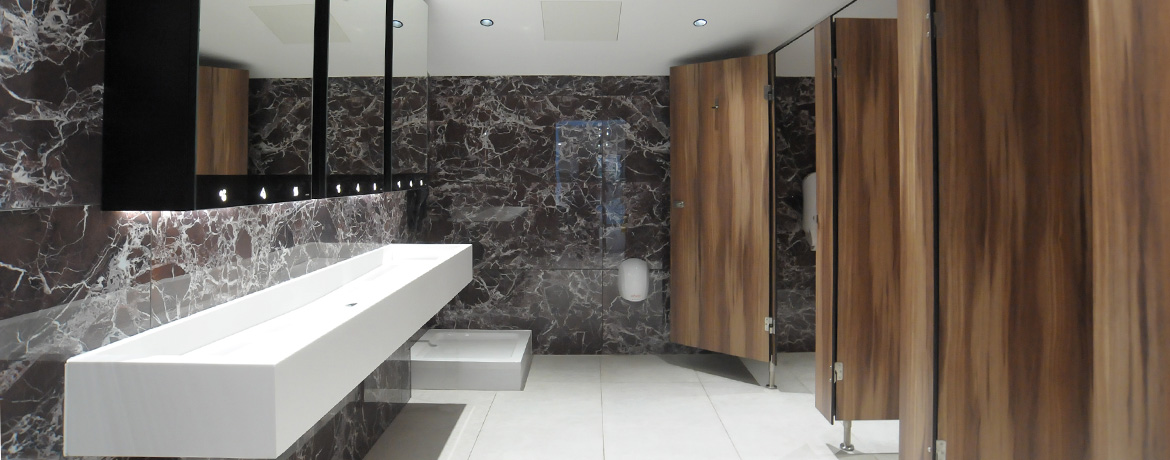Commercial Changing Rooms

Commercial Washrooms represent a significant investment for any business, but their design and maintenance shouldn't break the bank....
Read the articleCheckout using your account
Checkout as a new customer
Creating an account has many benefits:

Commercial Washrooms represent a significant investment for any business, but their design and maintenance shouldn't break the bank....
Read the article